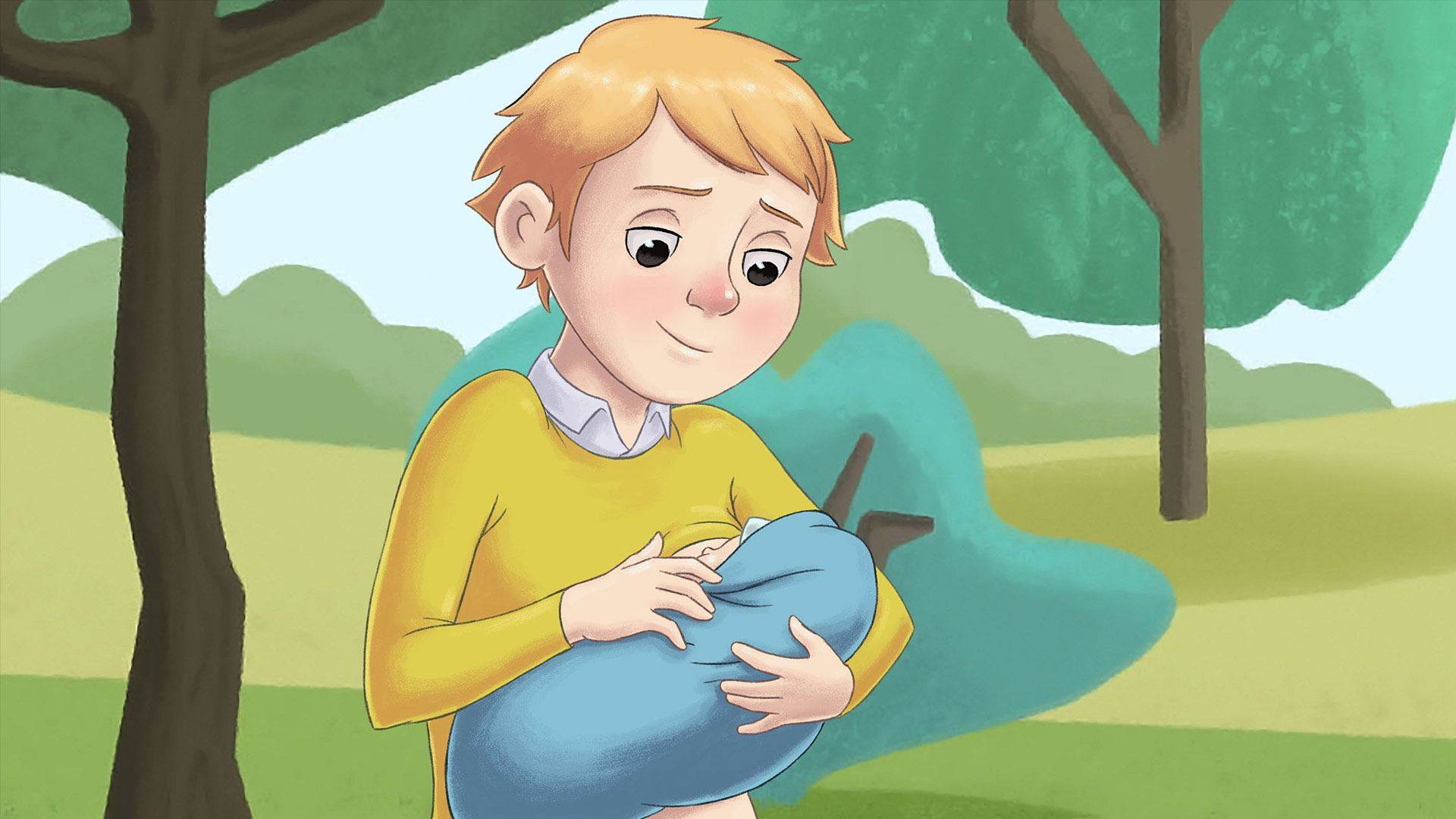Breast engorgement is when too much breastmilk is produced, making your breasts feel heavy and uncomfortable. Breastfeeding may be more difficult, as your baby is unable to attach to very full breasts. Heat packs can help with the letdown of breast milk and cold packs can relieve the discomfort.…

Blocked milk ducts
What are blocked milk ducts?
Blocked milk ducts are a common problem for lactating mothers. About two thirds of breastfeeding mothers experience a blocked milk duct at some point.
When a baby is born, the mother's body produces breastmilk (a process known as lactation). Breastmilk provides the baby with all of its nutritional requirements for the first few months of life.
Breastmilk is produced in the mammary glands within the breast, and flows through milk ducts to the nipple. These ducts can become blocked, causing the breast to become tender and sore.
A blocked milk duct is usually a temporary, treatable issue that will resolve within a couple of days. A mother experiencing blocked milk ducts, or other breastfeeding problems, may benefit from advice from experienced healthcare professionals such as doctors, midwives, nurses and lactation consultants (see 'Support services' below).

Lactation
The secretion of milk from mammary glands in the breast.
Campbell S.H., (2006), Recurrent plugged ducts, Journal of Human Lactation, 22(3):340-343.
Causes and risk factors
Milk ducts can get blocked when milk is not drained well from the breast and stays and thickens inside the ducts. Some things that can add to the risk of a duct getting blocked are:
- Going too long without feeding, or skipping feedings;
- Poor feeding and attachment technique;
- A period of switching from feeding to expressing milk (as with a mother returning to work);
- Not emptying the breast during a feed (often a result of switching the baby too early to the other breast), and;
- Physical pressure on the breast or part of it (as with an ill-fitting bra, or the straps of a baby carrier).
Campbell S.H., (2006), Recurrent plugged ducts, Journal of Human Lactation, 22(3):340-343.
Signs and symptoms
Signs of a blocked milk duct include:
- The breast is sore, hot or tender to the touch;
- Sometimes, a small, soft or firm lump can be felt in the breast under the skin;
- The skin over the affected area may appear bluish in color, and;
- Sometimes, a white dot can be found on the nipple.
Campbell S.H., (2006), Recurrent plugged ducts, Journal of Human Lactation, 22(3):340-343.
Types of treatment
Blocked ducts can often unblock by themselves after a day or two. Methods that can encourage unblocking include:
- Massage and warm compresses;
- Soaking the breast in warm water;
- Improving feeding technique;
- More frequent feeds;
- Continuing to breastfeed - this will help unblock the duct. Starting your baby feeding from the 'blocked' breast can aid quicker unblocking. Stopping breastfeeding may lead to engorgement;
- Hand expressing if needed;
- Resting and cuddling with your baby;
- Taking pain-relief and anti-inflammatory medication to help ease the pain and reduce inflammation;
- Using cold packs after a feed to relieve pain, and;
- Seeing your doctor if symptoms do not clear within a day or two.
Campbell S.H., (2006), Recurrent plugged ducts, Journal of Human Lactation, 22(3):340-343.
Potential complications
Blocked milk ducts can lead to engorgement. A blocked milk duct that does not unblock after two days may be a sign that mastitis might be developing. Mothers who experience the pain and discomfort of untreated blocked milk ducts may also stop breastfeeding earlier than they intended to.
Campbell S.H., (2006), Recurrent plugged ducts, Journal of Human Lactation, 22(3):340-343.
Prevention
Good feeding technique, frequent feeds and breast draining, and avoiding pressure points on the breast will help prevent blockage of milk ducts.
Campbell S.H., (2006), Recurrent plugged ducts, Journal of Human Lactation, 22(3):340-343.
Support services
Australian Breastfeeding Association. Website: www.breastfeeding.asn.au/ Breastfeeding Helpline. Tel: 1800 686 268.
Campbell S.H., (2006), Recurrent plugged ducts, Journal of Human Lactation, 22(3):340-343.





